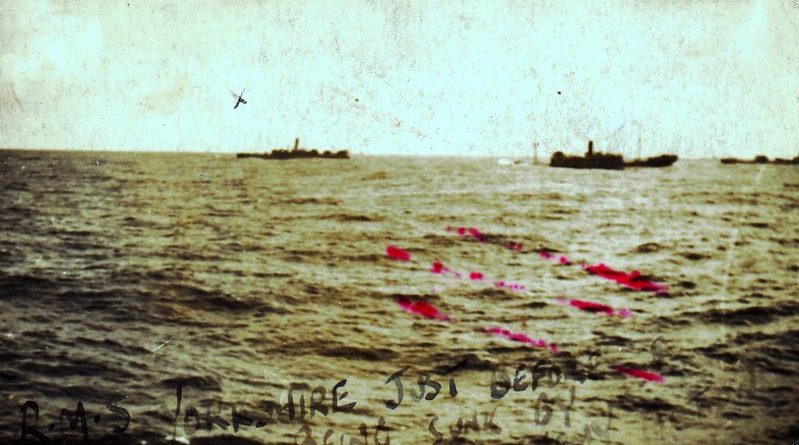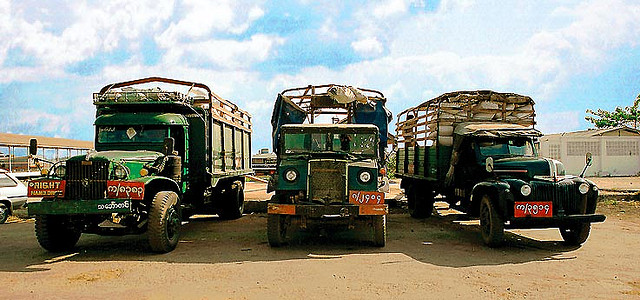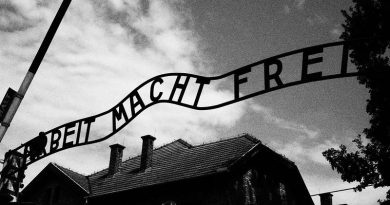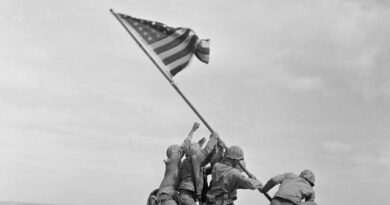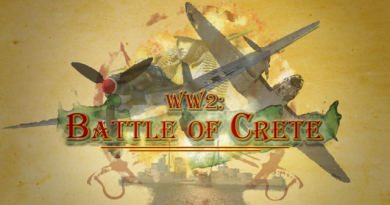Mandalay and WW2
Mandalay is where the Royal Palace of the Konbaung Dynasty is located, which was the last monarchy and independent kingdom of Burma. In 1886, present day Myanmar was conquered by British colonial forces.
Gold Leaf
During the reign of the Konbaung Dynasty, the city of Mandalay served as proof of the splendour of the Golden Age in Burma. An entire neighbourhood still works as gold beaters, because of the royal background of the city. The gold-books the beaters create are given to a nearby trader where girls are arranging the leaves to sheets.
Mahamuni Buddha
Putting gold leaf on almost unrecognisable Buddha – Mahamuni Pagoda, Mandalay. Only men can do this. Women can’t get within 10ft.
At 4am every day a ritual cleansing of this Buddha happens. This is one of only five “likenesses” of the Buddha (created during his lifetime): two are in India, two in paradise and this one in Myanmar. Buddhists believe that it is alive. This is the most sacred Buddha in Myanmar.
U-Bein Bridge
This bridge is the longest and oldest teakwood bridge in the world, which was built across Taungthaman Lake in the mid 1800’s. The teakwood bridge spans 1.2 km, includes more than 1000 pillars and thousands of wooden planks. At sunrise, hundreds of monks walk across it travelling to the teaching monastery.
World War 2
World War II lasted for 2,174 days, cost $1.5 trillion and claimed the lives of over 50 million people and Burma was a key battleground.
Mandalay City, on the east bank of the Irrawaddy River, was a blend of ancient and modern which before the war had a population of 30,000. The Japanese had determined to hold Mandalay at all costs, and with Mandalay Hill and Fort Duffrin they had a strongly fortified position. The last years of fighting during WWII were focussed here, in Mandalay and around Fort Duffrin.
The fall of Mandalay on 20th March 1945 was the culmination of an advance of 400 miles against ever increasing opposition.
The Japanese invasion was initially embraced by the Burmese after what they considered a harsh and pro-Indian British regime. However, it wasn’t long until the Japanese managed to alienate the Burmese. Having gained his military training in Japan, General Aung San expressed his bitterness at Japans Army Headquarters in Pyin-Oo-Lwin. “I went to Japan to save my people who were struggling like bullocks under British rule. But, now we are treated like dogs. We are far from our hope of reaching the human stage, and even to get back to the bullock stage we need to struggle more.”
Kuthodaw Paya
Kuthodaw temple is known as ‘the world’s largest book’ as it contains the entire Buddhist canon (triptaka) inscribed on 720 marble slabs. During WWII shelling, the townspeople used some of these temples housing the marble slabs as shelter.
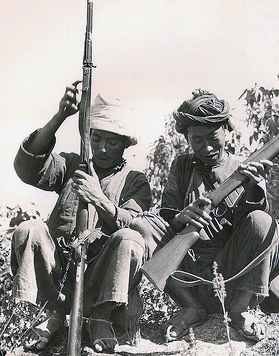 Fort Duffrin
Fort Duffrin
Mandalay was the Royal city of the Burmese until it fell to the British in the 2nd Anglo-Burmese War of 1885. The British annexed Upper Burma and exiled the last Burmese King to India, where he died in 1916. His old Palace, 1.4 miles on each side and surrounded by a fresh moat that dominating the city, became the British military and administrative centre of what is still called the Mandalay Division.
The fort was constructed as late as 1857, shortly before the arrival of the British, as the palace compound for King Mindon Min. After the British took over, it was naturally turned into the colonists’ government house, and renamed as Fort Duffrin. The name Fort Duffrin was used until well after the Brits left in 1947.
The Japanese occupied Mandalay in 1941 after burning much of the city, and remained until driven out by the Allies in 1945. The Palace was destroyed in the last battle for the city in 1945. The British shelled the fort to force out the small group of Japanese and local soldiers that held it, and in the process destroyed all of the wooden buildings of King Mindon’s palace. They have since been restored, but are just a glimpse into what once was.
Except its very core centre, the fort still serves as a camp for the military and living quarter of their families. The old British barracks still in use, the lively Garrison life, an abandoned narrow gauge railroad track and a rusted collection of WWII cannons just off the authorized path.
Aside from the army barracks, the moat also remains unchanged. At a massive 70m wide (Olympic sized swimming pool = 50m), this served as a fantastic defence mechanism.
Golden Palace Monastery
Make of teak, this is the only building in Mandalay that survived WWII intact.

